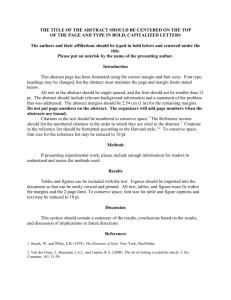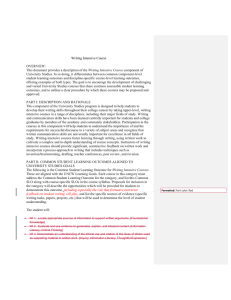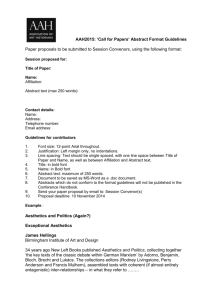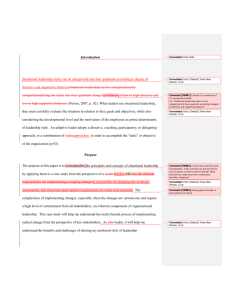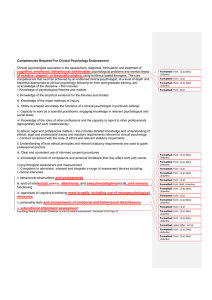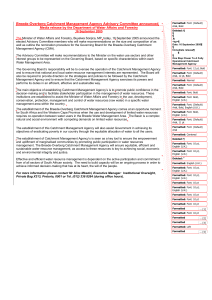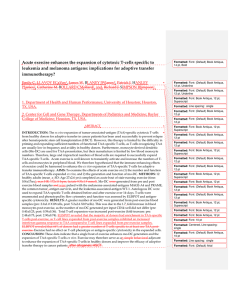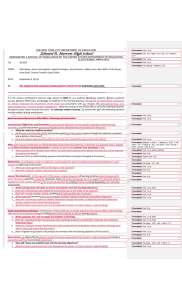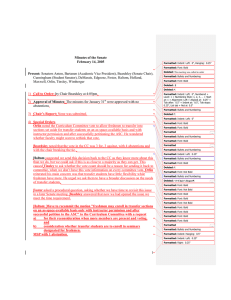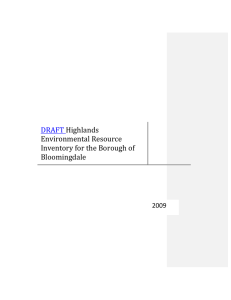Living in our Diverse Nation
advertisement
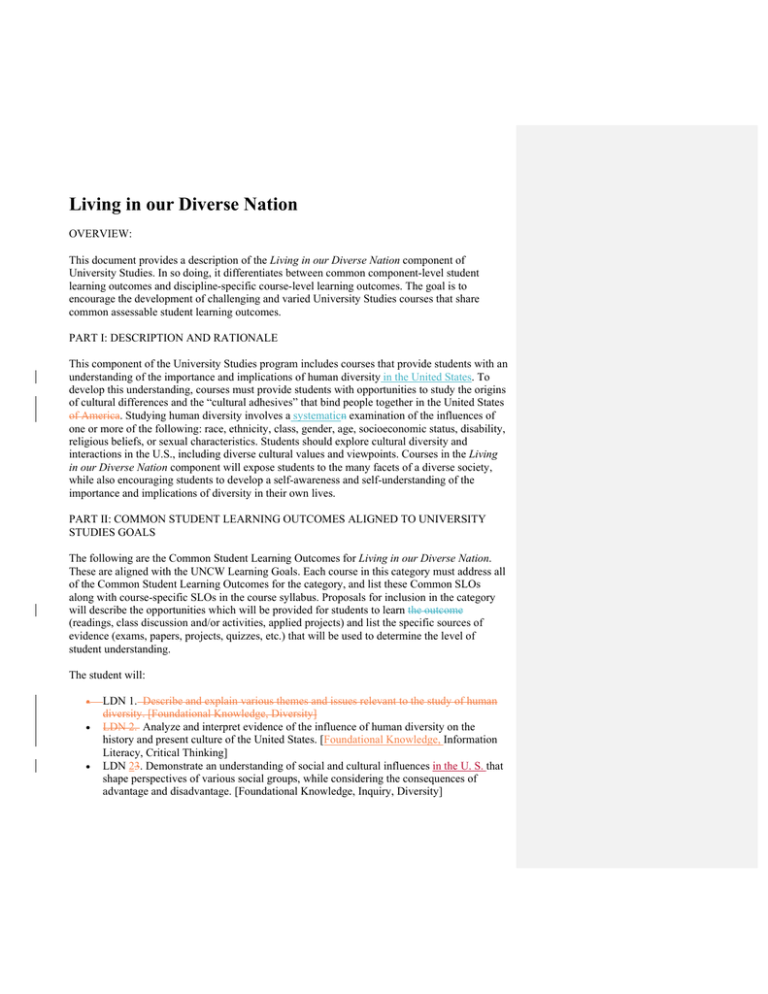
Living in our Diverse Nation OVERVIEW: This document provides a description of the Living in our Diverse Nation component of University Studies. In so doing, it differentiates between common component-level student learning outcomes and discipline-specific course-level learning outcomes. The goal is to encourage the development of challenging and varied University Studies courses that share common assessable student learning outcomes. PART I: DESCRIPTION AND RATIONALE This component of the University Studies program includes courses that provide students with an understanding of the importance and implications of human diversity in the United States. To develop this understanding, courses must provide students with opportunities to study the origins of cultural differences and the “cultural adhesives” that bind people together in the United States of America. Studying human diversity involves a systematicn examination of the influences of one or more of the following: race, ethnicity, class, gender, age, socioeconomic status, disability, religious beliefs, or sexual characteristics. Students should explore cultural diversity and interactions in the U.S., including diverse cultural values and viewpoints. Courses in the Living in our Diverse Nation component will expose students to the many facets of a diverse society, while also encouraging students to develop a self-awareness and self-understanding of the importance and implications of diversity in their own lives. PART II: COMMON STUDENT LEARNING OUTCOMES ALIGNED TO UNIVERSITY STUDIES GOALS The following are the Common Student Learning Outcomes for Living in our Diverse Nation. These are aligned with the UNCW Learning Goals. Each course in this category must address all of the Common Student Learning Outcomes for the category, and list these Common SLOs along with course-specific SLOs in the course syllabus. Proposals for inclusion in the category will describe the opportunities which will be provided for students to learn the outcome (readings, class discussion and/or activities, applied projects) and list the specific sources of evidence (exams, papers, projects, quizzes, etc.) that will be used to determine the level of student understanding. The student will: LDN 1. Describe and explain various themes and issues relevant to the study of human diversity. [Foundational Knowledge, Diversity] LDN 2. Analyze and interpret evidence of the influence of human diversity on the history and present culture of the United States. [Foundational Knowledge, Information Literacy, Critical Thinking] LDN 23. Demonstrate an understanding of social and cultural influences in the U. S. that shape perspectives of various social groups, while considering the consequences of advantage and disadvantage. [Foundational Knowledge, Inquiry, Diversity] LDN 34. Evaluate theories and claims, arguments , and theories related to the ways in which diversity has shaped and continues to shape identity and experience in the U. S. [Information Literacy, Critical Thinking, Diversity] PART III: STUDENT COMPLETION REQUIREMENTS Students are required to take three hours from this component. Formatted: Space After: 0 pt, Line spacing: single II. Category Specific Guidelines for Proposers a. The course should be focused on the United States. Formatted: Font: 12 pt, Not Bold, Font color: Red Formatted: Font: 12 pt, Not Bold, Font color: Red b. Proposed courses should focus on diversity as a matter of first importance. They should be a substantial and significant component of the course, as reflected in assignments, class time, etc. Formatted: Font: 12 pt, Not Bold, Font color: Red Formatted: Font: 12 pt, Not Bold, Font color: Red c. LDN courses should not also be proposed for LGS III. Category Specific Suggested/Possible strategic/Waiver substitution solutions Formatted: Level 1, Space Before: Auto, After: Auto None Formatted: Space After: 0 pt, Line spacing: single
